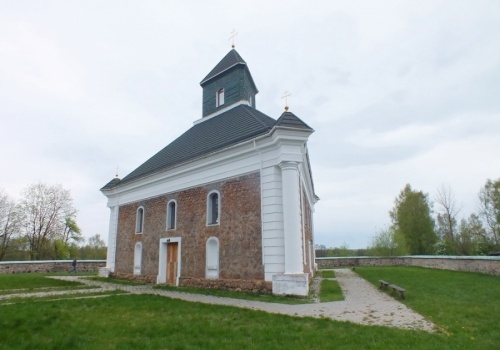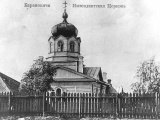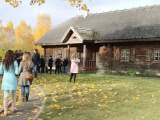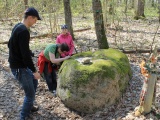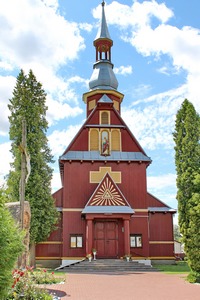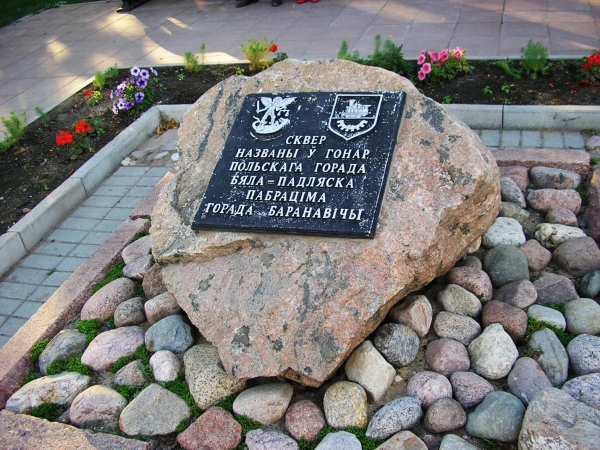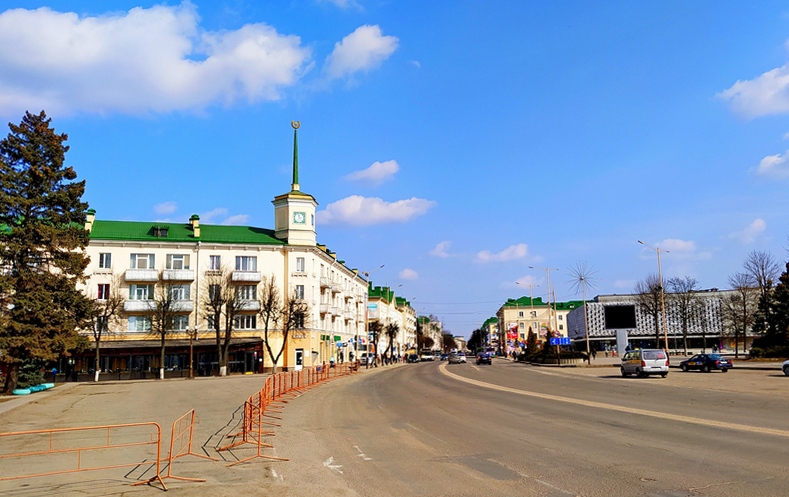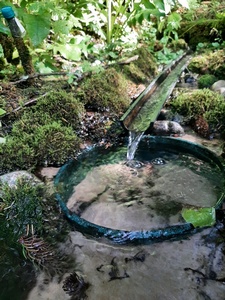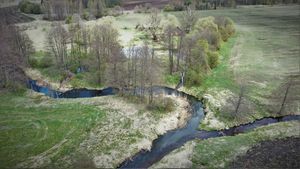In 1988, by 200th anniversary of the birth of the great Slavonic Polish-speaking poet Adam Mickiewizc, the farmstead where he was born was restored prompted by the poetic illustrations of his poem “Pan Tadeusz”.
The first record of Stalovichy dates from the 15th century. In 1596, the place was bought by Prince Mikolay Krzysztof Radziwill nicknamed the Orphan (“Sirotka”).
The name of Mikolay Krzysztof is associated with the arrival of very unusual guests in Stalovichy - Knights Hospitalers who founded their own chapter ((commandery) in the place. In 1608, Martin Sudo, a Chevalier of Malta, persuaded Sigizmund Karol Radzivil (1591-1642), the son of the Orphan (“Sirotka”) who was at the time studying at the famous Bologna university, to join the Order. His father did not only express his consent to it, but also allocated his money for Sigizmund Karol to establish a knights commandery in the estates of Stolovichy and Poteiki.
The Trinity Church in the village of Volno is one of the few architectural monuments of “Vilno Baroque style “ that has remained intact.
It was built in 1768 as a Basilian Uniate church. Since 1632 Basilian monks had owned there a Holy Trinity monastery which was originally built owing to Krzysztof Kamensky, deputy steward of Novogrudok, and his wife Helena Drucka-Gorska who funded its construction. There was a school at the Basilian monastery where Rafael Slizen (1804-1881), an art critic, architect and sculptor studied.
The Catholic Church of St. George in the village of Palanechka is of Neogothic architectural style.. It stands in the village centre of the village not far from the former Radzivil palace.. The first church here was built in 1437 during the reign of Duke Sigismund Kęstutaitis. In 1751, the temple was rebuilt on the initiative of bishop Zholkovsky.
In late 18th century, duke Macey Radzivil and his wife Elizabeth Khodkievich bought necessary liturgical things and clothes for the church. At that time the building was also visited for worship by members of the Uniate Church.
It is a 15th century architectural monument built in late Gothic style and is the oldest of the catholic churches (which have not been rebuilt) on the territory of present day Belarus.


